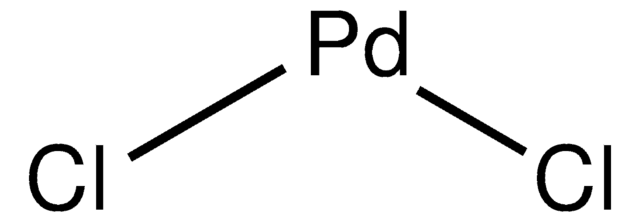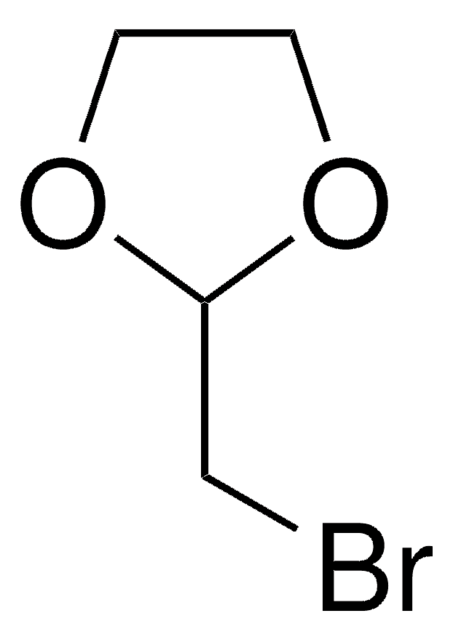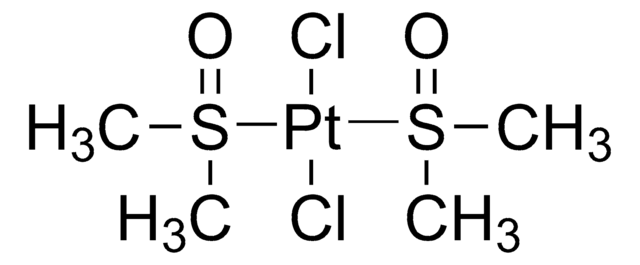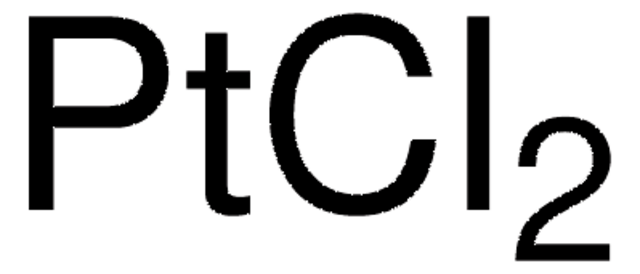323411
Potassium tetrachloroplatinate(II)
99.99% trace metals basis
Sinónimos:
Potassium platinum(II) chloride
About This Item
Productos recomendados
Quality Level
assay
99.99% trace metals basis
form
powder
impurities
≤150.0 ppm Trace Metal Analysis
mp
500 °C (lit.)
density
3.38 g/mL at 25 °C (lit.)
SMILES string
[K+].[K+].Cl[Pt--](Cl)(Cl)Cl
InChI
1S/4ClH.2K.Pt/h4*1H;;;/q;;;;2*+1;+2/p-4
InChI key
RVRDLMCWUILSAH-UHFFFAOYSA-J
¿Está buscando productos similares? Visita Guía de comparación de productos
Features and Benefits
signalword
Danger
hcodes
Hazard Classifications
Acute Tox. 3 Oral - Eye Dam. 1 - Resp. Sens. 1 - Skin Irrit. 2 - Skin Sens. 1
Storage Class
6.1C - Combustible acute toxic Cat.3 / toxic compounds or compounds which causing chronic effects
wgk_germany
WGK 1
flash_point_f
Not applicable
flash_point_c
Not applicable
ppe
Eyeshields, Faceshields, Gloves, type P2 (EN 143) respirator cartridges
Elija entre una de las versiones más recientes:
¿Ya tiene este producto?
Encuentre la documentación para los productos que ha comprado recientemente en la Biblioteca de documentos.
Los clientes también vieron
Nuestro equipo de científicos tiene experiencia en todas las áreas de investigación: Ciencias de la vida, Ciencia de los materiales, Síntesis química, Cromatografía, Analítica y muchas otras.
Póngase en contacto con el Servicio técnico


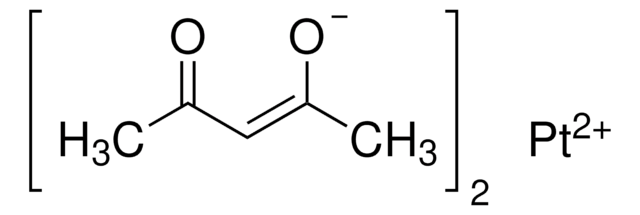
![[Pd(OAc)2]3 reagent grade, 98%](/deepweb/assets/sigmaaldrich/product/structures/508/249/99a0ef2c-b77c-4d73-8ed9-0cca05b6b41f/640/99a0ef2c-b77c-4d73-8ed9-0cca05b6b41f.png)
